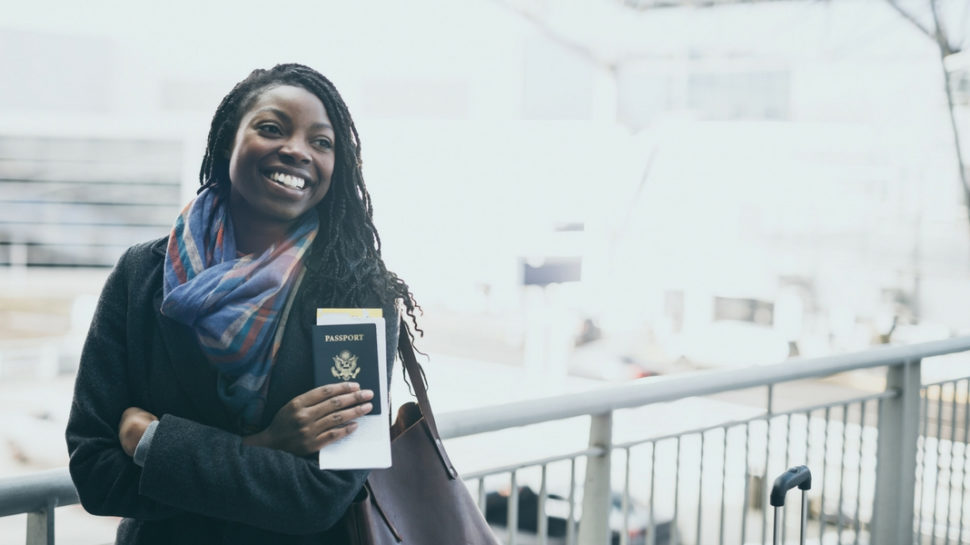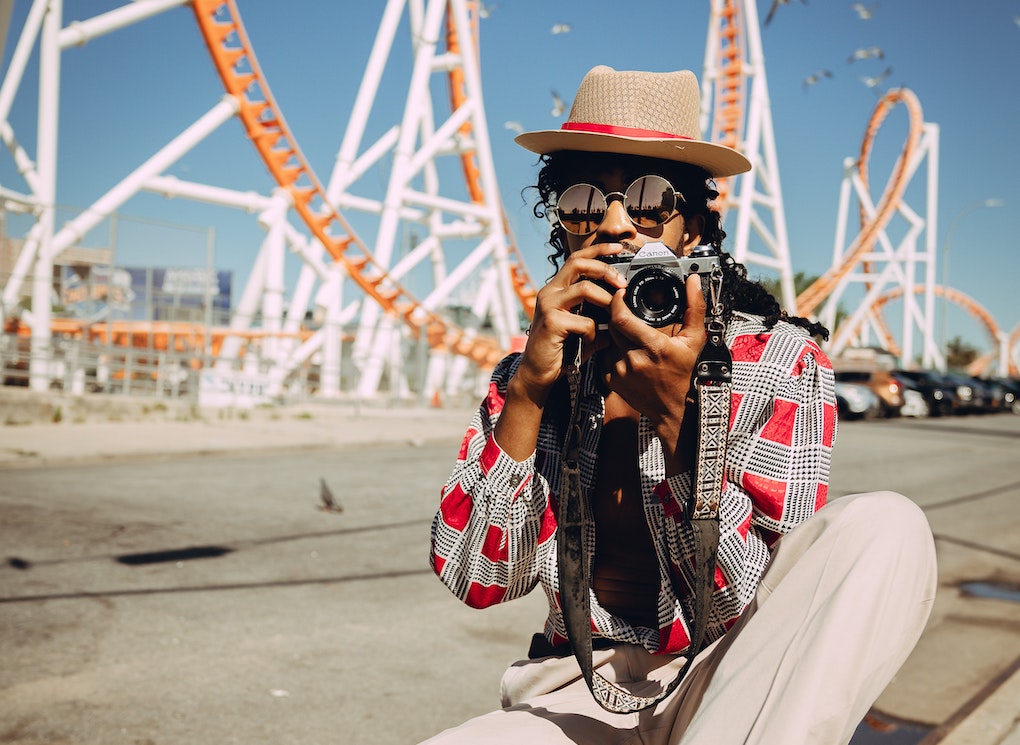In 1961, James Baldwin, an expatriate in France said, “to be a negro in America, and to be relatively conscious, is to be in a state of rage almost all the time.” His words continue to ring so true after all these years, that a new generation of Black creatives are following in his footsteps.
Exasperated by living in a country that deliberately fails them time and time again, moving abroad isn’t a foolproof solution for Black people, but at least it offers some measure of peace.
The New York Times did a feature on this subject, highlighting the toll stress has taken on Black artists in the United States, and their ability to do their work. How can any artist be expected to put forth their best, when they’re saddled by the constant reminder that they’ll never be seen as human beings in their own country?
It would be inaccurate to say there haven’t been any changes over the years. But the United States still struggles with its own founding principle, that is, that all men are supposedly created equal. The racial injustice that incensed Baldwin enough to leave the country, is with us today. There’s no real interest in dismantling it, as that would require too much sacrifice from those it benefits most.
Black people have been sounding the alarm on inequality for generations, with art being but one means to get the message across. But progress is like a Cha-Cha; one step forward, one step back, and we’re understandably tired of this dance.
Black creatives across the eras have been sensitive to American racism, either jetting off to other countries for a brief respite, or packing their bags for a permanent move. Aside from luminaries like James Baldwin and Josephine Baker, who both took up residence in Paris, there’s Tina Turner who lives in Switzerland, Mos Def in South Africa, and Stevie Wonder, who plans to make a home in Ghana.
And then there are the Black folks who don’t share that fame, but do share the desire to seek greener pastures.

Choreographer Stefanie Batten Bland got her start in New York, dancing with the Bill T Jones/Arnie Zane Dance Company, before heading to Germany in the early 2000s. As noted by The New York Times, she was driven to move because of “the limited professional options for dancers of color,” and found that Germany warmly embraced her particular style of dance. Dancing also led her to Hungary and France.
Bland was not, though, oblivious to racism’s global presence, but for a time she was able to at least feel safe enough to do what she loved. Unfortunately, a cut in funding forced her to move back to New York in 2011, but by then she’d established her own dance company. She travels to France frequently to this day for professional, social, and romantic reasons.
Some Black creatives get a kick out of bouncing around from one nation to the other, absorbing all they can along the way, and using it to inform their art. A rapper and poet named Mike Ladd, born in Boston, went to France, where he collaborated with Arat Kilo, an Afrobeat band, and other acts. But Paris didn’t quite give Ladd the satisfaction he hoped for; to him, the city had shifted from what it had been in the time of Baker and Baldwin. And so, he traveled to Lagos, Mumbai, and São Paulo, among other cities, putting out his music and teaming up with other artists.
Even though he’s a resident of Paris, the restlessness and sense of displacement remain. The only way he can address those feelings is to throw himself into his music and to globe trot.
Considering the widespread reach of racism, not to mention its relative, colorism, is there any country on earth where Black creatives, particularly those from The United States, can feel completely accepted? The answer varies from person to person. But for certain, Black people are survivors. We know how to make the best of things, find joy in the bleakest moments, and carve out spaces to simply be.
So long as the United States, and frankly the world, remain hostile to Blackness, we don’t have much of a choice.
